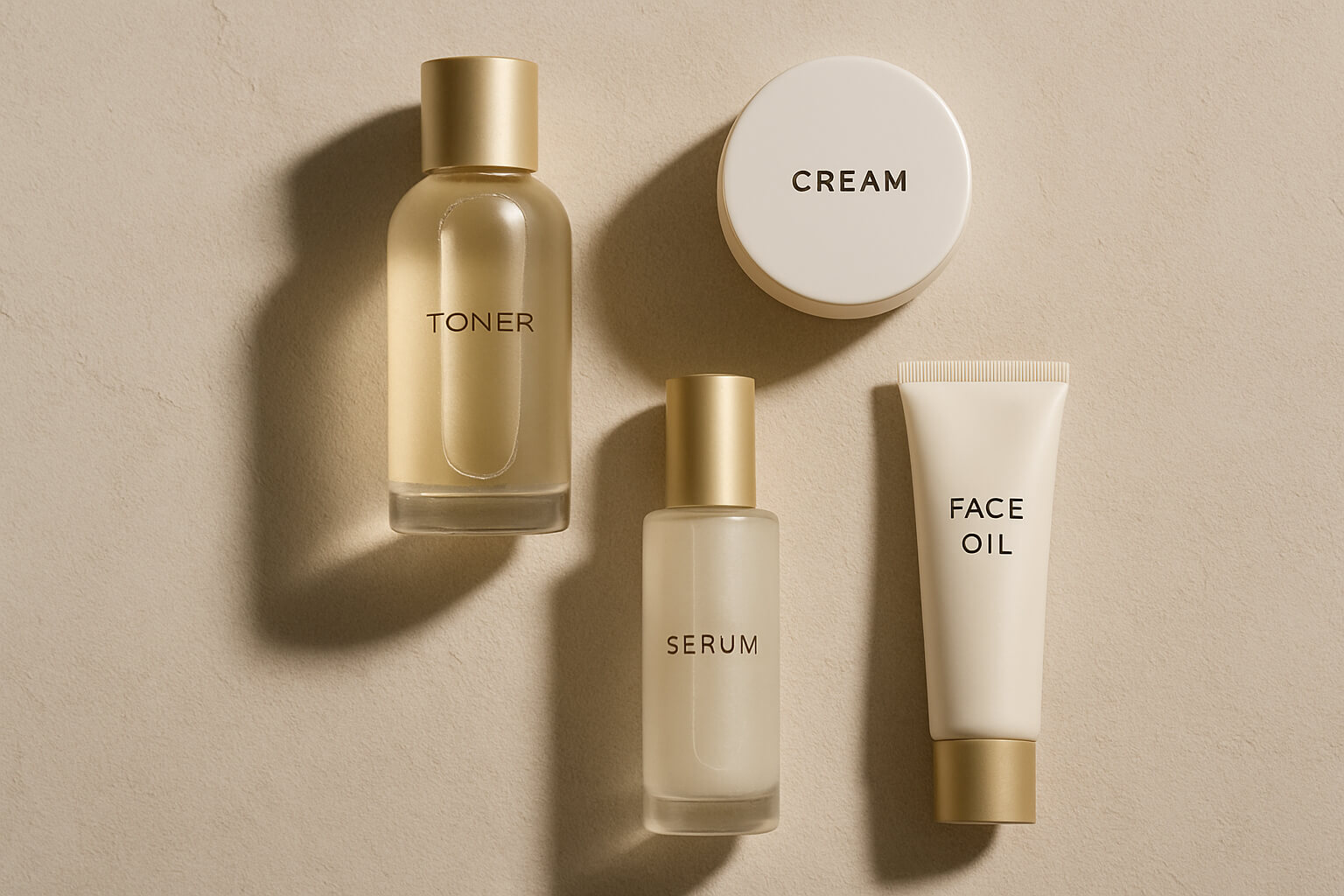June 02, 2025

Product photography is far more than just taking pictures of your items. It’s about creating visually captivating images that draw in customers, communicate value, and inspire a sense of urgency to purchase. In today’s digital-first world, your product image is often the first touchpoint with potential buyers, meaning the quality and presentation of your photos can make or break your sales.
This 2025 guide will delve deep into the world of product photography, exploring what it is, how to elevate your product images, and the essential tools, techniques, and creative strategies employed by top photographers to turn ordinary items into visual masterpieces.
Product photography is a specialized type of photography dedicated to capturing high-quality, aesthetically appealing, and accurate images of physical products. These photos are primarily used in e-commerce, print catalogs, advertisements, social media, and promotional campaigns to help potential customers understand, engage with, and ultimately purchase the product.
Great product photography doesn’t simply document the item—it enhances its features, tells its story, and aligns with a brand’s identity. The process includes techniques like precise lighting, thoughtful composition, styling, and post-production enhancements to present the product in its most flattering form.
If you’re looking to start your own photography business, check out this step-by-step guide for valuable insights.
The primary objectives behind product photography are:
Interested in turning your product photos into passive income? Explore the best ways to sell your photos online.
Different products require different photography styles. Here are some of the most popular types of product photography used by top brands:
1. White Background (E-Commerce Style) : This minimalist style features the product against a plain white background. It’s clean, clutter-free, and often a requirement for platforms like Amazon or Shopify. The focus is entirely on the product, with no distractions, ensuring clarity and professional consistency.
2. Lifestyle Photography : Lifestyle photography showcases the product in a real-world setting or in use. This type of photography evokes emotions by helping customers visualize how the product fits into their lifestyle. It’s ideal for brand storytelling and works well for social media platforms.
3. Flat Lay Photography : Flat lay photography arranges products neatly from a top-down perspective. Popular in industries like fashion, beauty, and food, this style allows you to arrange items creatively, making the product more visually appealing and shareable.
4. Detail Shots & Macro : These types of shots are close-ups that emphasize the intricate details of a product, such as texture, craftsmanship, stitching, or engraving. These shots are particularly useful for showcasing quality and craftsmanship, making them perfect for high-end goods.
5. 360° Rotational Shots : Interactive 360° images allow the viewer to rotate the product and see it from all angles. This type of product photography is especially valuable for tech gadgets, fashion items, or products where seeing the full product detail in 3D could influence a purchase decision.
Want to elevate your photo-editing game? Check out the best photo editing apps in 2025.

Here’s how you can make your products look stunning:
1. Lighting Is Everything : Lighting is arguably the most important element in product photography, as it defines the shape, texture, and mood of the product. You need to control lighting to avoid harsh shadows and overexposed spots.
Want to master lighting techniques? Check out this studio lighting guide.
Explore dramatic split lighting techniques for high-contrast shots that demand attention.
2. Use Color Psychology and Composition : Color plays a huge role in setting the tone of your photos. Stick to your brand’s color palette to create cohesion across your imagery. Use color psychology and composition principles to strengthen your visual narrative.
3. Post-Processing Is Your Polish : Even the most well-shot images often need editing to reach their full potential. Post-processing lets you make essential adjustments that polish the final result:
Want to learn about color correction vs. color grading? Check out this comparison guide.
Learn how to remove unwanted objects in your photos with this top tools guide.
4. Choose the Right Lens and Camera : The right gear makes a significant difference in the quality of your photos:
Need advice on the best lenses? Check out this lens guide.
A well-curated portfolio is a must for any product photographer. Here’s what your portfolio should focus on:
Learn how to create your own personal brand as a photographer with this step-by-step guide.
Thinking of going full-time? Discover how to scale your photography business.
Need help pricing your photography services? Use this pricing guide.
You can sell your product photos through several platforms, both online and offline. Some of the best places include:
Want to dive deeper into the selling process? Read this detailed guide on how to sell your photography online.
Stay up to date with the newest tips, gear reviews, and step-by-step guides to elevate your photography journey from home and beyond.